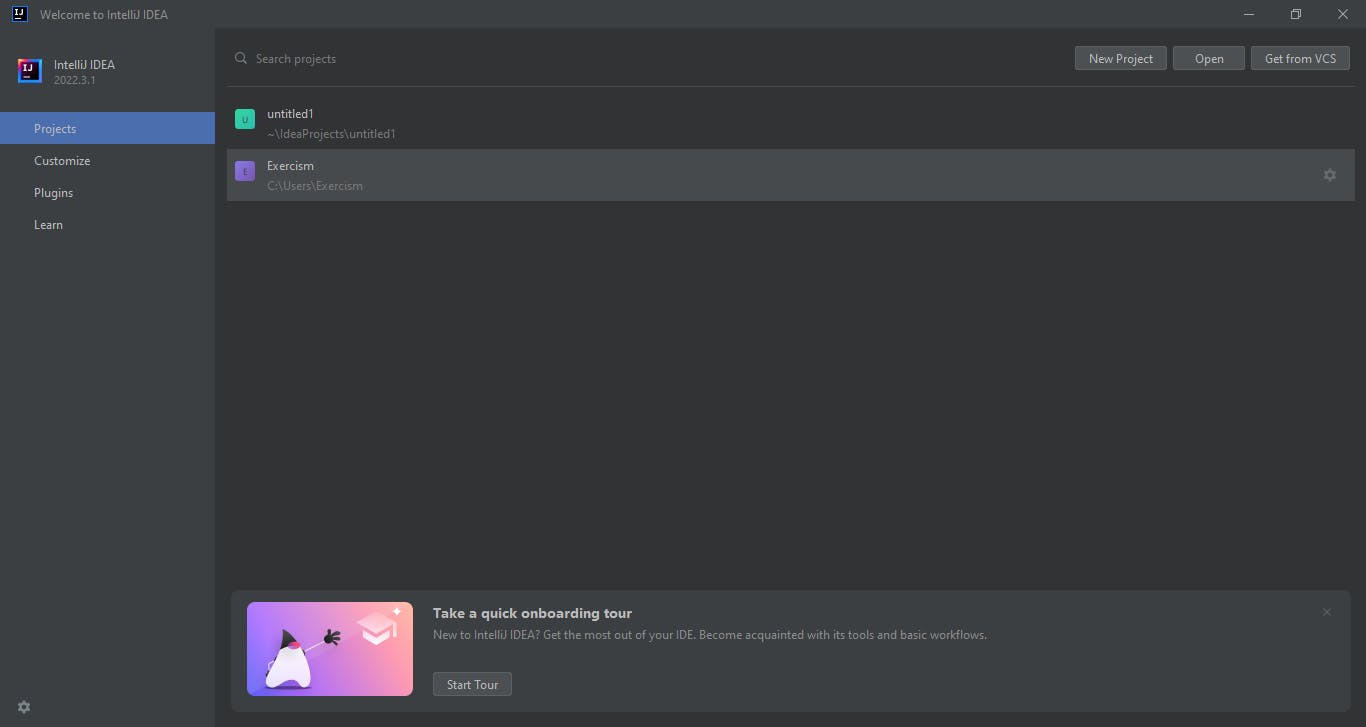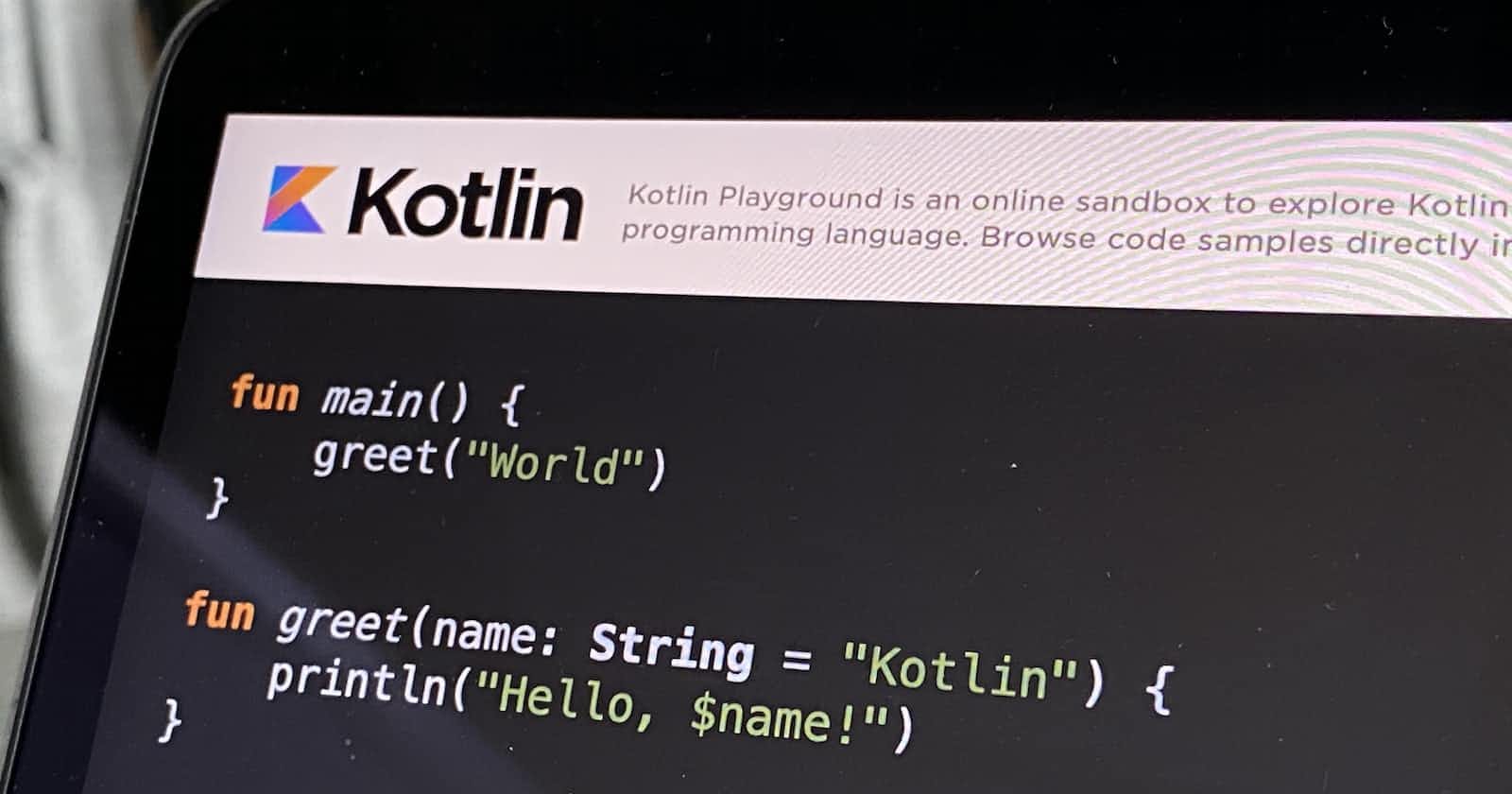Introduction
I'm guessing you are one of those who are tired of the limitations and verbosity of Java. What if I told you I have a cure for your ache? Because Kotlin is here to revolutionize the way you code. This modern programming language, created by JetBrains, was developed to enhance and improve Java's functionality. With Google now officially supporting Kotlin for Android development, it's no wonder why it's becoming the go-to choice for developers all over the world.
Kotlin's expressive and concise syntax makes coding a breeze, while its enhanced type inference allows for automatic variable typing, making your code more readable. It also comes with added safety features, such as null safety, that prevent common programming errors and ensure stability in your code.
But it's not just for Android development, Kotlin is a cross-platform language that can be used for web, desktop, and server-side applications. This makes it a versatile and powerful tool for any developer to add to their arsenal.
Why Should You Learn Kotlin?
One of the main advantages of Kotlin is its concise and expressive syntax. This makes it easier to read and write code, which in turn makes it more efficient for developers. Additionally, Kotlin has improved type inference, which means the compiler can automatically determine the type of a variable based on its value. This eliminates the need for developers to explicitly define the type of a variable, making the code more readable.
One of the main advantages of Kotlin is its concise and expressive syntax. Concise syntax means that the code is written in a way that is brief and to the point, making it easy to read and understand. Expressive syntax means that the code is written in a way that is clear and easy to understand, making it easy to read and understand.
This is achieved in several ways:
Kotlin uses less boilerplate code: Boilerplate code refers to repetitive and redundant code that is required in many programming languages. Kotlin has less of this type of code, making it more concise and easier to read.
Kotlin has improved type inference: This means that the compiler can automatically determine the type of a variable based on its value. This eliminates the need for developers to explicitly define the type of a variable, making the code more readable.
val name:String = "Mike" // Explicit typeval age = 25 // Inferred typeKotlin has improved Lambda expressions: Lambda expressions are a way to represent function literals, and in Kotlin they are more expressive and readable than in Java.
Kotlin has improved type safety: Kotlin has a null safety feature that helps to prevent null pointer exceptions, which are a common source of errors in Java, making the code more stable.
Kotlin is also a cross-platform language, which means it can be used to develop not only for Android but also for web, desktop, and server-side applications. This makes it a versatile and powerful tool for developers.
All of these features make it easier for developers to read, write and understand the code. This in turn makes it more efficient for developers as it reduces the time and effort required to write and maintain the code. Additionally, it also makes it easier for other developers to understand and contribute to the codebase. This is particularly important for large projects with multiple developers working on them.
So I'm guessing you are ready to take the leap and start coding with Kotlin right? Great! The first step is setting up your development environment. Don't worry, it's not as daunting as it sounds.
Setting Up Your Development Environment
Fuel up your machine with the JDK (Java Development Kit): Kotlin runs on the Java Virtual Machine (JVM), so you'll need to have the JDK installed on your computer to use Kotlin. Head over to the Oracle website to get your hands on the JDK: https://www.oracle.com/java/technologies/javase-downloads.html
Install the Kotlin compiler (Optional): You'll need to install a Kotlin compiler to convert your Kotlin code into a bytecode that can be executed on the JVM. That is if you want to be able to convert your Kotlin code to bytecode using the command line. Download the Kotlin compiler from the official Kotlin website.
Get your IDE (Integrated Development Environment) ready: An IDE is a software application that provides a comprehensive environment for software development. Some popular IDEs for Kotlin development include IntelliJ IDEA and Eclipse. Download the IntelliJ IDEA Community edition for free from the JetBrains website: https://www.jetbrains.com/idea/download/
Configure your development environment: Now that you have all the necessary software installed, it's time to configure your development environment. This typically involves setting the JDK and Kotlin compiler as the default for your IDE. In IntelliJ IDEA, you can do this by going to File > Project Structure > Project Settings > Project, and then selecting the correct JDK and Kotlin compiler.
Create a new Kotlin project: Once your development environment is set up, you can create a new Kotlin project in your IDE. This typically involves selecting "New Project" from the File menu and then choosing "Kotlin" as the project type.
You're all set! You can now start coding in Kotlin! Create a new Kotlin file in your project and start writing your first Kotlin code.
Let's Create Our First Kotlin Program
Open IntelliJ Idea and click on New Project

Give your project a name and select a lotation. You can preferably leave the default location. Tick Create Git Repository if you need to use a git repository. Select the JDK version you downloaded, and check the Add sample code checkbox.

Run the code by clicking on the green play button on the toolbar or hold down
SHIFT + F10
Yayy! The output of the code is shown at the bottom of your IDE. Congratulations! You just created your first Kotlin program.
Conclusion
Kotlin is a modern programming language that offers many advantages over Java. Its concise and expressive syntax, improved type inference, and increased safety features make it a popular choice among developers for android, web, desktop and server-side development.
As a beginner, it's a good idea to start with this guide and explore more advanced features of Kotlin as you gain more experience. With the right tools and resources, you'll be able to create your own Kotlin applications in no time.

